SOMA
Frictional Games
I was guiding SOMA’s main protagonist, Simon, down an underwater corridor which reminded me of a decrepit, submerged version of one of the gloomy hallways on board the dilapidated space station Sevastopol, in Alien: Isolation. Just as being stranded out in the middle of space can make you feel horribly cut off from the rest of civilization, so can being beneath crushing depths of the deep blue sea.
My mission at that time had been to go and investigate an area and look for a data log or something of that nature—I really don’t remember the details, as I will now admit that I was too terrified to. All I knew was that I’d recently come into contact with a faceless horror in the darkness of a deep sea station which had played games with my senses, scrambling them horribly while it drew closer to me. Even though I’d evaded it, I was now in an even more precarious situation—being out in the middle of the cold depths at the bottom of the Atlantic.
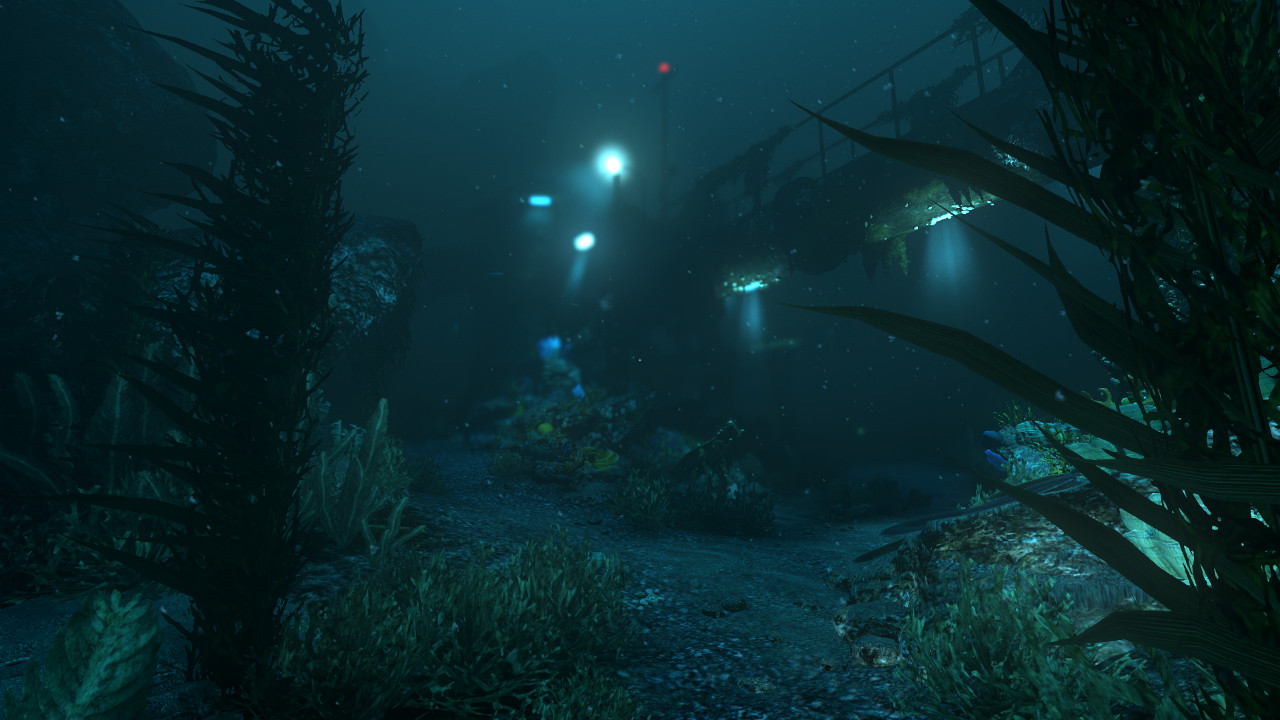
Flashback to a week previous, before I’d chosen to play SOMA for the very first time:
“So I hear that SOMA is pretty creepy, man,” my gaming buddy said to me, alluding to my curious reluctance to play SOMA, one of the more well-known releases at the tail end of 2015, knowing what a huge horror fan I was.
“Yeah, I hear it kind of gets bogged down in some sort of meaning of life, questioning what it means to be human mumbo-jumbo. Sounds like a soggy, underwater version of Blade Runner or something. I’ll probably pass on it just because of that…” I replied.
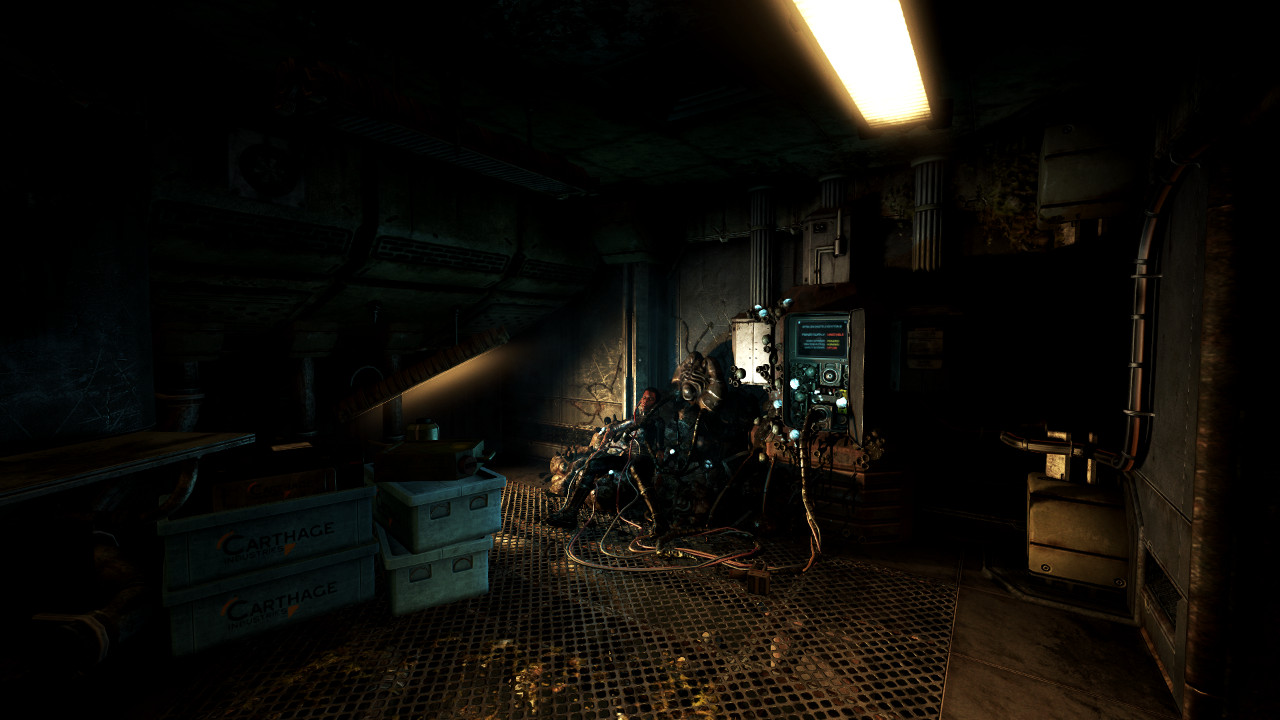
My friend snickered over the phone. “Sure, dude…sure. Yeah, I did the same thing; made up some weak excuse as to why I didn’t want to play it. There was no way I was going to try SOMA out. It’s just way too creepy. You know it was made by the same guys that did Amnesia, right?”
I felt a chill going up my spine, as Amnesia: The Dark Descent had been one of the most petrifying PC gaming experiences I’ve ever had. “Yeah, whatever…I’m sure it’s not as scary as Amnesia. What are you saying—that I’m not man enough to play and review SOMA?”
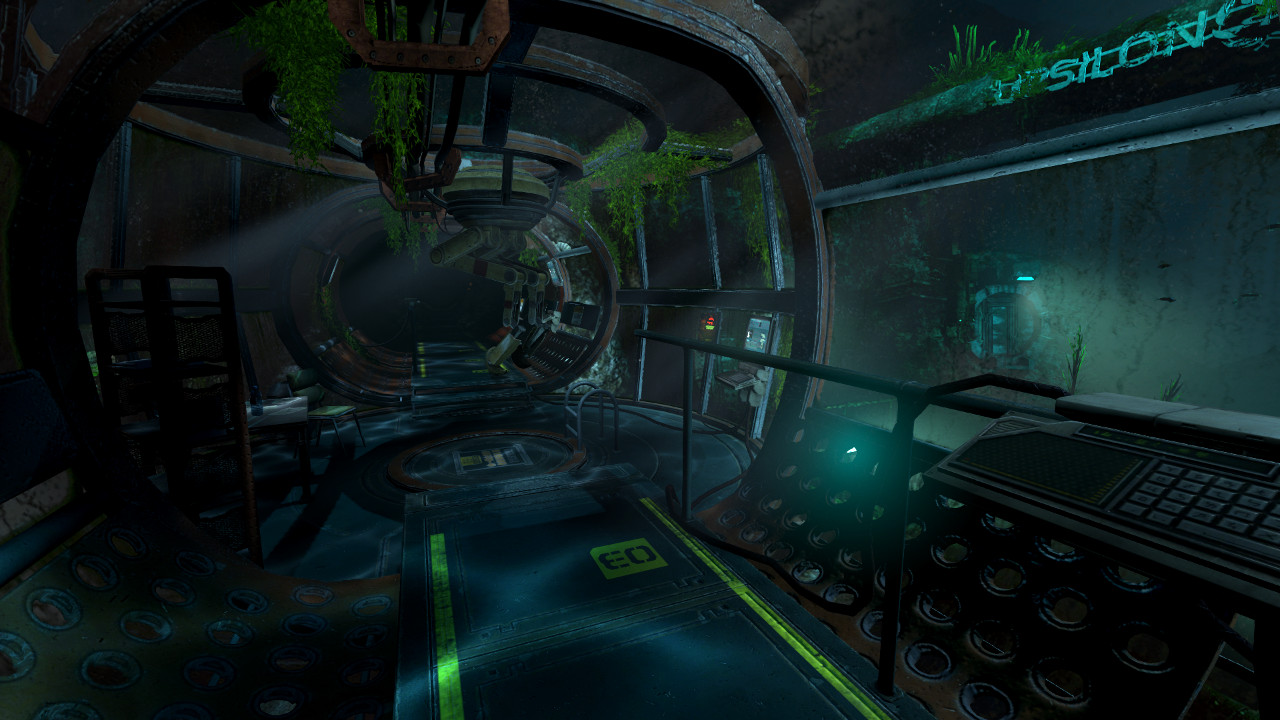
So shortly after that my friend’s taunting got the best of me and I found myself reluctantly stepping into the shoes of Simon, SOMA’s main protagonist. Surprisingly, SOMA doesn’t necessarily drop you into danger right away, like most games such as this year’s creepy, science fiction/horror offering, STASIS. Instead, the story begins in Simon’s apartment. It’s an average, modest dwelling for an average, modest man, who drives an modest car and works at an average bookstore.
Simon becomes involved in a car accident that leaves his good friend Ashley dead and himself with some serious brain damage. Desperate for some neural healing, Simon links up with a would-be doctor by the name of David Munshi who is working on an experimental method of regenerating brain tissue at an accelerated rate, which he hopes to patent once he becomes fully licensed.
Suddenly, Simon is transported from the good doctor’s office to a deep-sea research facility. His mission from there is to find out not only how he got there, but why he’s there and how he’s supposed to get back home. Oh yeah, and it might also be good to find out what happened to all of the station’s staff—since they’re all missing!
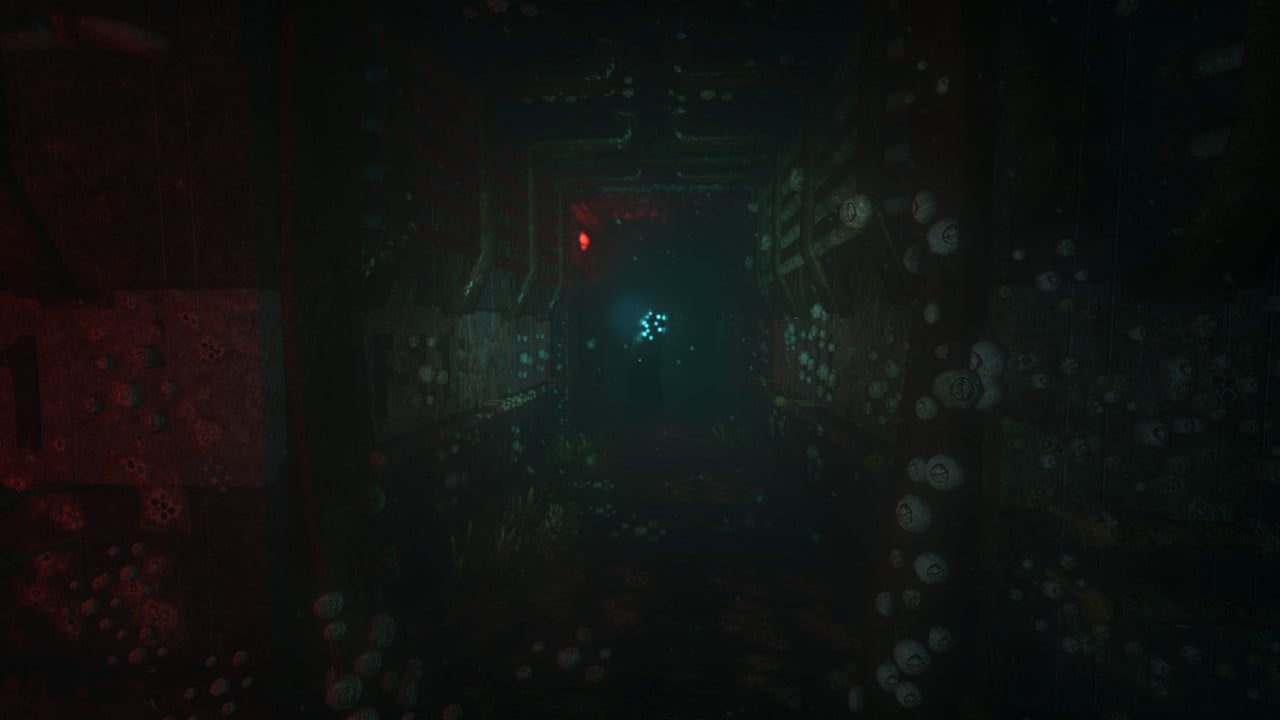
During his investigative journey he begins to ask deeper questions about what it means to be human, just as I’d heard. But here it’s done in such an intriguing way that it had me pondering many questions about existence myself, something I hadn’t expected. Does feeling emotions necessarily make you human? Having a soul or a mind? Where does the soul reside if it exists? The fascinating narrative forces the player to ask these questions as Simon investigates not only the facility, but also himself and life in general.
As Simon searches the underwater station, the Pathos II, for clues, his only company is a woman from a neighboring research facility named Catherine, who may or may not have rather murky motives as far as helping him goes. Other life forms he comes across are both helpful and hostile, the latter of which he can’t fight directly since just as in Amnesia, the main character doesn’t have any weapons.
The atmosphere created by Frictional Games in Amnesia is just as immersive, and I frequently found myself with the lights off, teetering on the edge of my chair, staring at the screen in horror, craning my head at odd angles as if that would somehow magically allow me to see around the next foreboding corner. Not only are the graphics brilliantly realized, giving you the sense of really being stranded on board a creaky, forlorn underwater research facility, but the ambient sounds are also convincing. Perhaps a little too convincing, as I caught myself pausing the game upon hearing some weird noise up ahead—and had to take a break in order to let my nerves recover. 4k gaming folks may think that they’re playing through a horror movie.
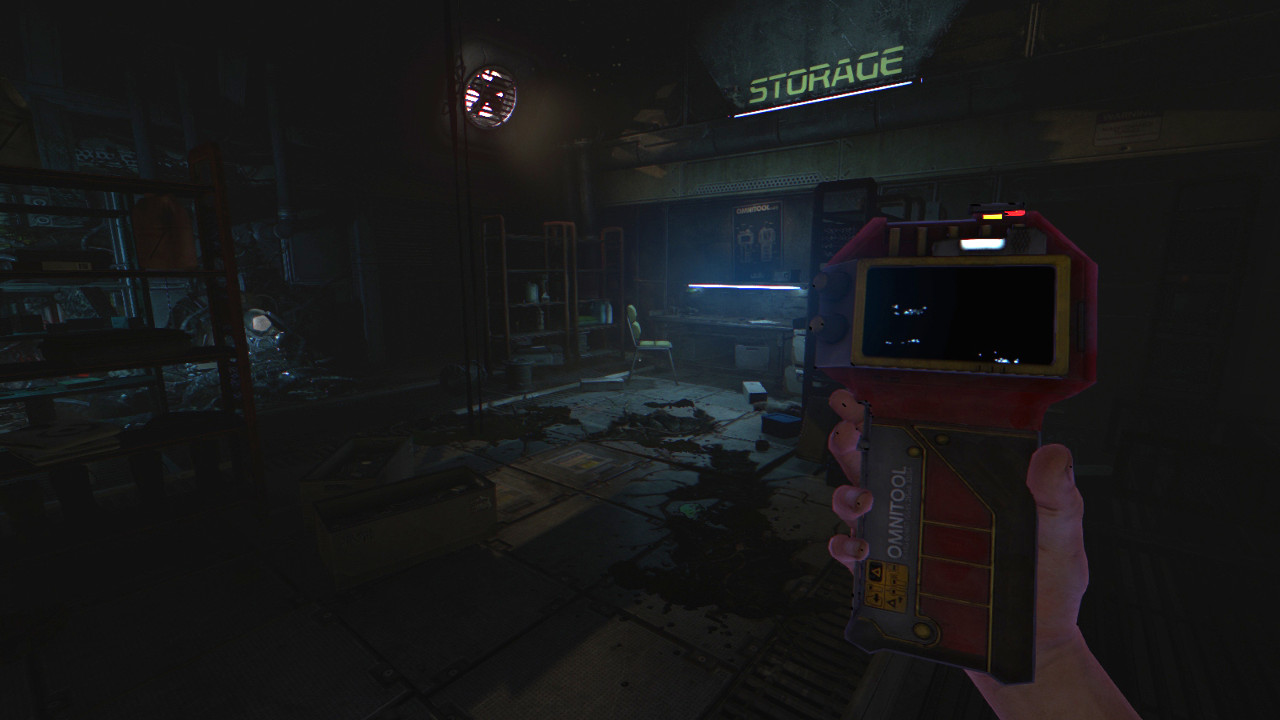
SOMA is an intricate and paced, slow-burn of a horror show. Like any great horror novel, it ratchets up the horror slowly until it reaches near nerve-fraying levels. In this way, when you do finally encounter some of the more horrific monstrosities lurking in the dark, they frighten the bejeezus out of you. The subtext which involves exploring the outer fringes of morality, ethics, and the questions surrounding what it means to be human, only heighten the tension, and will keep you pondering these matters long after you finish the game (if you have the nerve to, that is).
SCORE: 88%
Kane’s suggestion:
In order to get completely immersed (and terrified) in SOMA’s bleak atmosphere and let the sense of desolation wash over you like waves of horror, consider investing in a new PC gaming rig:
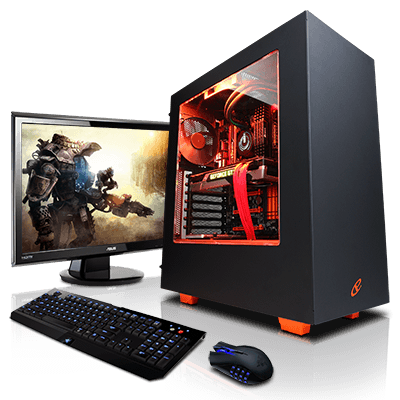
Also, get over to CyberpowerPC’s website to find more great deals as well!